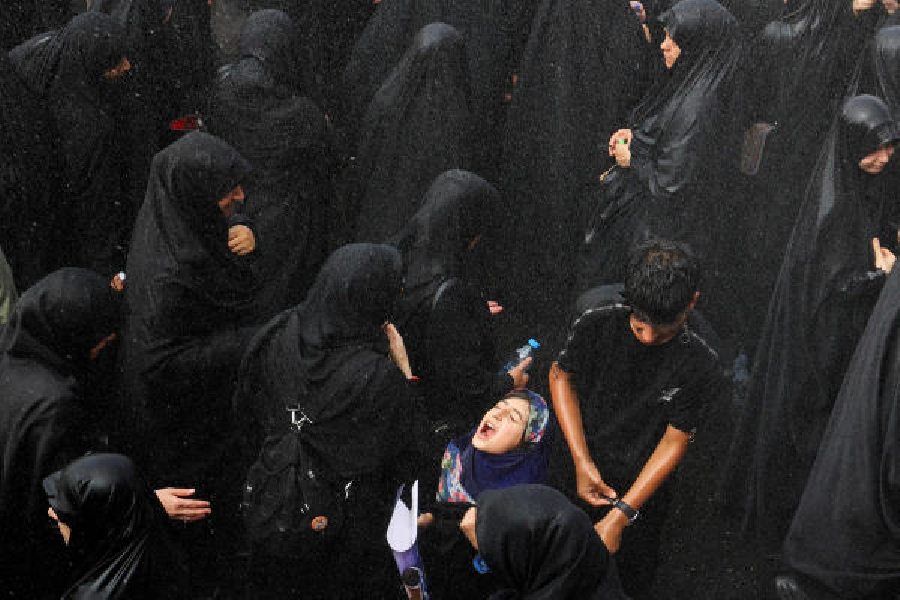Ismail Haniyeh, a top leader of Hamas, was assassinated on Wednesday by an explosive device covertly smuggled into the Tehran guesthouse where he was staying, according to seven West Asian officials, including two Iranians, and an American official.
The bomb had been hidden approximately two months ago in the guesthouse, according to five of the West Asian officials. The guesthouse is run and protected by the Islamic Revolutionary Guards Corps and is part of a large compound, known as Neshat, in an upscale neighbourhood of northern Tehran.
Haniyeh was in Iran’s capital for the presidential inauguration. The bomb was detonated remotely, the five officials said, once it was confirmed that he was inside his room at the guesthouse. The blast also killed a bodyguard.
The explosion shook the building, shattered some windows and caused the partial collapse of an exterior wall, according to the two Iranian officials, members of the Revolutionary Guards briefed on the incident. Such damage was also evident in a photograph of the building shared with The New York Times.
Haniyeh, who had led Hamas’s political office in Qatar, had stayed at the guesthouse several times when visiting Tehran, according to West Asian officials. All of the officials spoke on the condition of anonymity to share sensitive details about the assassination.
Iranian officials and Hamas said on Wednesday that Israel was responsible for the assassination, an assessment also reached by several US officials who requested anonymity. The assassination threatened to unleash another wave of violence in West Asia and upend the ongoing negotiations to end the war in Gaza. Haniyeh had been a top negotiator in the ceasefire talks.
Israel has not publicly acknowledged responsibility for the killing, but Israeli intelligence officials briefed the US and other western governments on the details of the operation in the immediate aftermath, according to the five West Asian officials.
On Wednesday, secretary of state Anthony J. Blinken said that the US had received no advance knowledge of the assassination plot.
In the hours after the killing, speculation immediately focused on the possibility that Israel had killed Haniyeh with a missile strike, possibly fired from a drone or a plane, similar to how Israel had launched a missile on a military base in Isfahan in April.
That missile theory raised questions about how Israel might have been able to evade Iranian air defence systems again to execute such a brazen airstrike in the capital.
As it turns out, the assassins were able to exploit a different kind of gap in Iran’s defences: a lapse in the security of a supposedly tightly guarded compound that allowed a bomb to be planted and to remain hidden for many weeks before it would eventually be triggered.
Such a breach, three Iranian officials said, was a catastrophic failure of intelligence and security for Iran and a tremendous embarrassment for the Guards, which uses the compound for retreats, secret meetings and housing prominent guests like Haniyeh.
How the bomb was stashed in the guesthouse remained unclear.
The West Asian officials said that the planning for the assassination took months and required extensive surveillance of the compound. The two Iranian officials who described the nature of the assassination said they did not know how or when the explosives were planted in the room.
Israel decided to carry out the assassination outside Qatar, where Haniyeh and other senior members of Hamas’s political leadership live. The Qatari government has been mediating the negotiations between Israel and Hamas over a cease-fire in Gaza.










